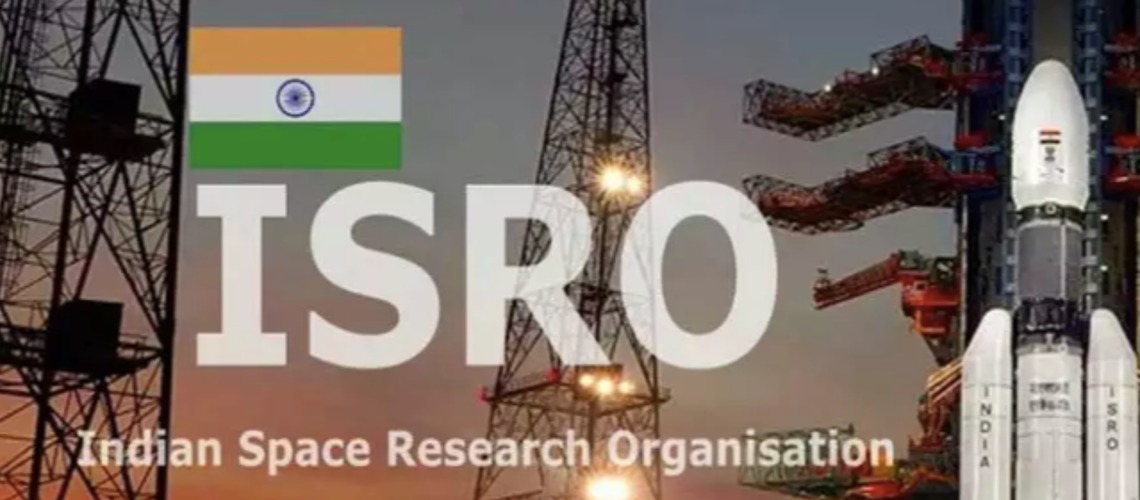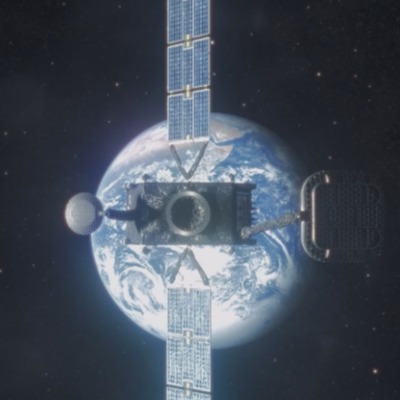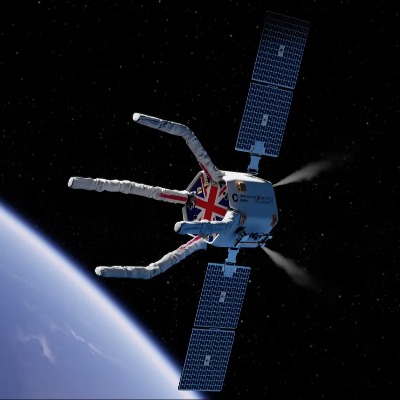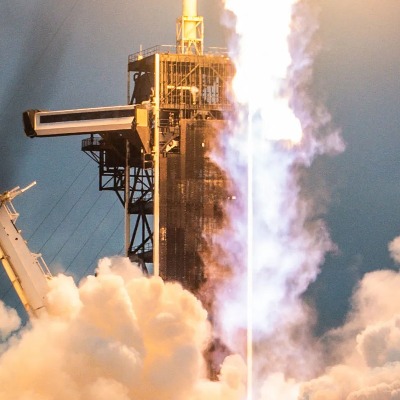ISRO Celebrates Aditya-L1's Triumphant First Orbit Around Sun-Earth L1 Point

The Indian Space Research Organisation (ISRO) is celebrating a major achievement in its quest to unravel the mysteries of the Sun. India's first dedicated solar mission, Aditya-L1, has successfully completed its first halo orbit around the Sun-Earth L1 Lagrange point.
Launched in September 2023, Aditya-L1 entered its designated halo orbit around the L1 point in January 2024. This special location offers an unobstructed view of the Sun, free from interference from Earth or the Moon. After 178 days meticulously following its trajectory, Aditya-L1 has now triumphantly completed its first revolution around this point.
"This is a significant milestone for the Aditya-L1 mission," declared a jubilant ISRO spokesperson. "The successful completion of the first halo orbit demonstrates the spacecraft's health and the accuracy of our trajectory calculations."
Aditya-L1 carries seven advanced payloads designed to study the Sun's corona, chromosphere, and photosphere. The mission aims to gather crucial data on solar flares, coronal mass ejections, and the Sun's wind, all of which can significantly impact Earth's magnetosphere and communication systems.
Maintaining a stable halo orbit around the L1 point is no easy feat. The spacecraft is constantly subjected to various gravitational forces from the Sun and Earth. To stay on course, ISRO engineers have performed three station-keeping maneuvers during the first orbit, ensuring Aditya-L1 remains on its designated path.
The successful completion of the first orbit validates ISRO's expertise in spacecraft operations and trajectory planning. This achievement paves the way for Aditya-L1 to begin its critical scientific mission, providing invaluable insights into the Sun's behavior and its impact on Earth.
As Aditya-L1 embarks on its second halo orbit, scientists around the world eagerly await the data it will collect. This Indian mission has the potential to revolutionize our understanding of our nearest star and its influence on our planet.




